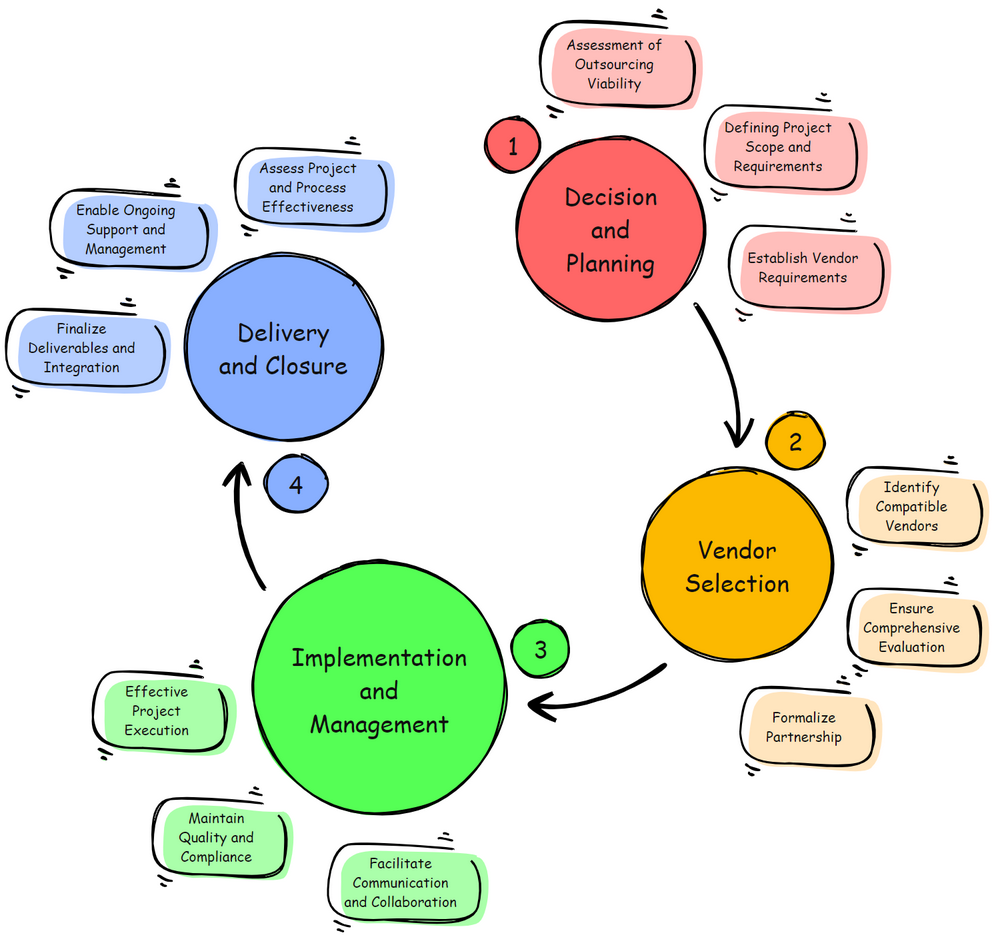Observing bug reports piling up clearly indicates underlying issues within our software development and quality assurance processes. Addressing this symptom requires a thorough root cause analysis to pinpoint the exact reasons. One practical approach for this analysis is the 5-Why method, which helps identify the root causes by iteratively asking “why” until the fundamental issues are uncovered.
Here are some possible root causes that might be revealed through such an analysis:
- Inadequate Testing and Quality Assurance Processes
- This could stem from a lack of structured testing strategies or insufficient resources for testing phases.
- Insufficient Unit Testing and Code Reviews
- Developers might be under tight deadlines, leading to skipped or rushed testing and review processes.
- Poorly Defined Requirements Leading to Ambiguous Implementation
- A lack of communication between stakeholders or unclear documentation of requirements can result in poorly defined requirements.
- Lack of Automated Testing Tools and Practices
- The team might lack the expertise to implement automation, or there could be resistance to adopting new tools and practices.
- Inconsistent Coding Standards Among Developers
- This might occur due to the absence of enforced coding standards or inadequate training for new developers on existing standards.
- High Developer Turnover Leading to Knowledge Gaps
- High turnover could be due to job dissatisfaction, better opportunities elsewhere, or poor team dynamics, resulting in significant knowledge gaps.

Conducting a Root Cause Analysis
To effectively address these issues, a systematic root cause analysis is essential. Here’s how you can approach it:
- Gather Data: Collect data on recent bug reports to identify common patterns or recurring issues.
- Engage the Team: Involve the entire development and QA teams in discussions to get multiple perspectives.
- Apply the 5-Why Method: For each identified symptom, ask “why” iteratively until you reach the fundamental root cause. For example:
- Symptom: High number of bugs related to a specific feature.
- Why: Why are there so many bugs in this feature?
- The feature was rushed due to a tight deadline.
- Why: Why was the deadline so tight?
- The project timeline was not realistic, given the scope.
- Why: Why was the timeline not realistic?
- There was inadequate initial planning and estimation.
- Why: Why was the timeline not realistic?
- The project timeline was not realistic, given the scope.
- Why: Why was the deadline so tight?
- The feature was rushed due to a tight deadline.
- Why: Why are there so many bugs in this feature?
- Symptom: High number of bugs related to a specific feature.
- Develop Action Plans: Based on the root causes identified, create actionable plans to address each issue. This could include training, process changes, or tool adoption.
- Implement and Monitor: Implement the changes and continuously monitor their impact to ensure the issues are resolved and bug reports decrease.
By methodically analyzing and addressing the root causes, we can implement practical solutions to prevent future bug reports from piling up. This proactive approach not only improves the quality of our software but also enhances team efficiency and morale.


